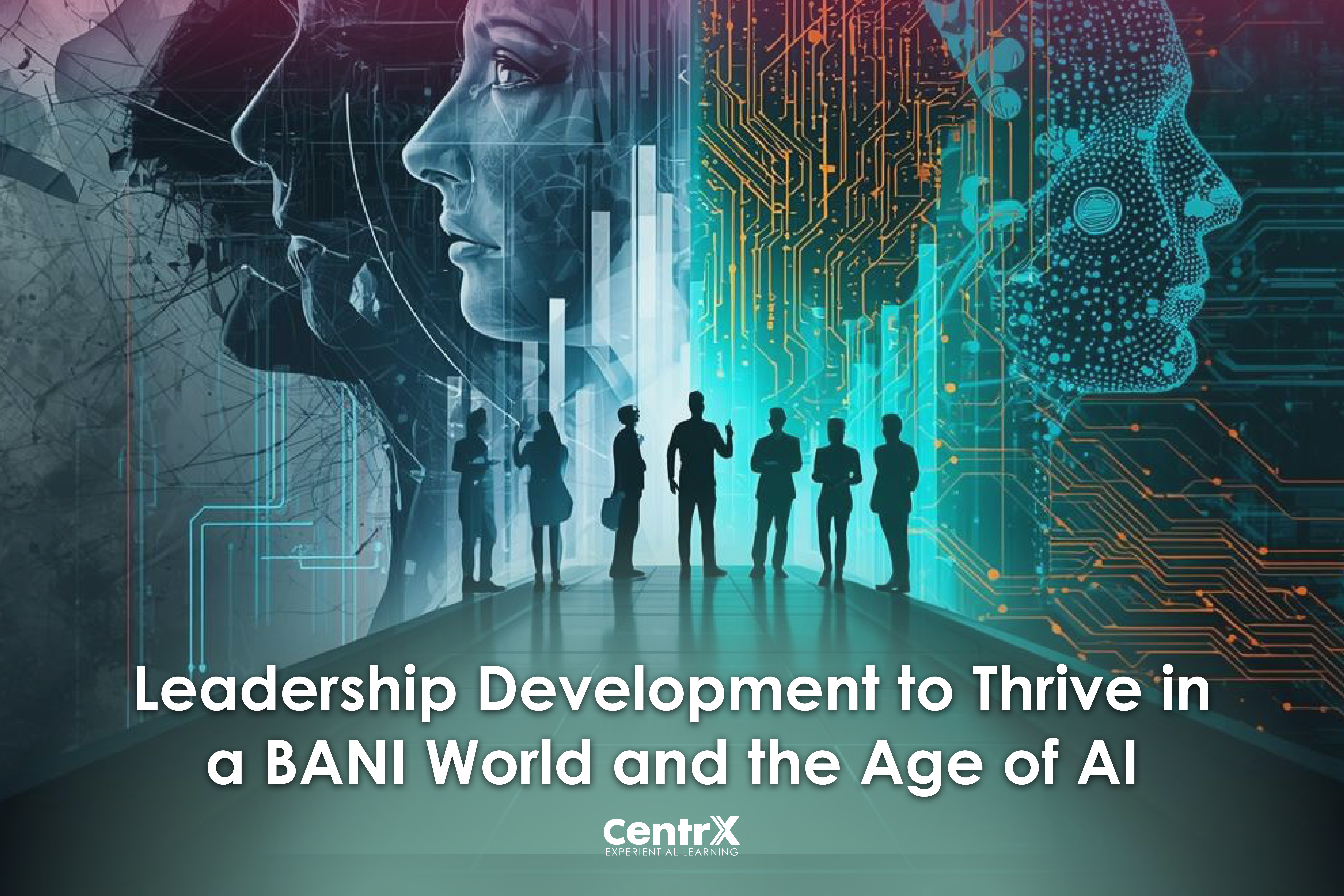Many of today’s situation make “business as usual” not an option. No playbook has tackled the impact of a virus outbreak on workplace learning in 2020. While companies put a hold on business travels, must learning and development teams restrict training plans, or can they find alternative strategies?

Teleworking, but how about Telelearning?
Digital giants Google, Apple and Amazon are among the top global companies who have encouraged working from home to contribute to social distancing, a public health term used as an infection control action to stop or slow down a highly contagious disease.
While we understand the necessity of limiting physical exposure to others, it does not mean that we cut off our interactions with our teams. It is even during this time of office closures that we should ensure that no one feels being left out. L&D teams should foster continued involvement by empowering employees with remote learning, both at the individual and team level, reinforcing a culture of learner accountability and promoting ways to stand up to the challenge. Learn more on how to bring learning journeys online
Friction or no friction
On top of every national health announcement today is to scrub our hands regularly, stressing on the 20 seconds that should be applied. We use friction to initiate new desirable behaviors that could turn into positive habits. How can L&D teams apply the same friction to online learning at this point in time?
Friction in learning is about learner engagement. Pamela Hogle explains in her recent article that L&D professionals should eliminate friction generators that could drive employees away from completing a learning journey such boring, sometimes irrelevant online training, or even long face-to-face seminars that disrupt work routine. Instead, put the right friction in content that can actually make learning stick. L&D teams should consider content that is immersive, collaborative and experiential. That means giving employees opportunities to stretch knowledge and think carefully, challenge themselves and others and maximize learning by doing. By making online learning more effective, it will eventually reduce friction and just like handwashing, becomes a good habit.
Collaboration knows no lockdown
In learning, collaboration is one of the most preferred modalities. A recent learning survey shows that “learning with/from others” brings the most value to employees and to workplace overall. However, beyond learning, as Anna Bagley puts it :
“Collaboration should be a process ingrained in the very fabric of your organization, helping to leverage collective intelligence globally.”
The current global situation calls for more collaboration between peers, among teams and across organizations. CentrX puts forward its expertise and experience in designing and delivering successful remote learning programs for Fortune 500 Global companies. Our global team is here to extend guidance to L&D teams in assessing the possibilities of shifting face-to-face programs to remote initiatives, share knowledge and co-create capabilities to be able to provide the best solution to everyone – whether you are an existing client or not, an industry counterpart or even a challenger, we are here to collaborate.
Reach out to our team to find out how we can support your L&D teams today and boost engagement with online experiential learning.
Alternatively, consider downloading our new Leadership development trends whitepaper which includes the top 6 L&D Trends for 2021










-1.png)
